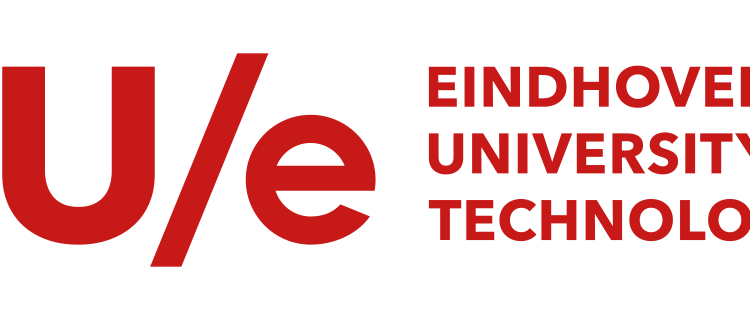Eindhoven University of Technology: New institute will ‘entangle’ next-generation photonics and quantum technologies
It is not without reason that the new institute is named after the Dutch physicist Hendrik Casimir (1909 – 2000). He is most famous for his work on superconductivity and quantum physics, most notably the Casimir effect: the phenomenon where two plates placed very close to each other subtly attract each other due to quantum fluctuations. This is analogous to how the two research fields underpinning the institute will be working close together.
But perhaps more importantly, because of his role as director of the Philips Research Lab in Eindhoven, Casimir understood better than anyone how fundamental knowledge and new technology are intertwined. Science ultimately finds its way into technology and at the same time science is driven by new technological advances. This so-called Science-Technology Spiral symbolizes the philosophy of the new institute.
TWO MAJOR TECHNOLOGY FIELDS
The new institute will – unlike anywhere else in the Netherlands – smartly ‘entangle’ two major technology fields: the superfast light-driven communication technology of photonics and the mind-blowing calculation magic of quantum technology. “When developing new technologies, it’s all about making compromises,” says Martijn Heck, scientific director of the EHCI. “The new institute will bring the much-needed real synergy, in order to bring more clear directions for these fields and making the right choices.”
These technology fields hold great promise in overcoming the limits that our current computation and communication technologies are slowly but surely reaching, for example in terms of miniaturization and energy costs. From the computing power of the device you’re currently reading this article on, to the number of devices connected to the internet: it all doubles every 2-3 years. “This trend can only be sustained with breakthroughs in materials, processes and devices, and integrating these holistically into systems”, says Heck.
LAB TO REAL-WORLD
Both technologies are world-class in Eindhoven, illustrated by recent multimillion funds from PhotonDelta and Groeifonds projects. The work at the institute will be done at various hierarchical levels: from ground-breaking science in materials, via novel devices and innovative circuits, to disruptive systems that will shape our future world. This approach, already successfully applied at TU/e to bring integrated photonics technology from the lab to real-world applications, will also be used for quantum technology and other emerging information technologies.
“In ten years’ time the institute will make significant contributions to new computing paradigms like quantum and neuromorphic computing, to novel technologies to make communication far more energy-efficient and secure and to compact biosensors for detecting diseases, and metrology sensors with atomic-scale resolution”, says Heck.

